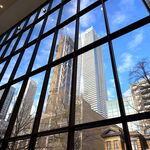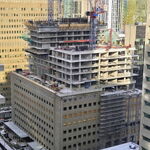amnesiajune
Senior Member
AmnesiaJune, you really need to walk around your area....
SunnyRay, you really need to stop being rude and dismissive to anyone that you don't see eye-to-eye with.
I'll be more than happy to prove cycling infrastructure along Doris & Beecroft are 60 to 100 times safer using basic traffic engineering principles
Please go ahead and explain how there's at least six thousand percent more protection there. If they're "basic traffic engineering principles", surely it'll be very easy to list them and quantify how much of that 6,000% to 10,000% increase in safety is attributed to each one.
This is just another example where I out-design City's traffic engineers and their consultants!
I'd love to see those detailed designs too.




